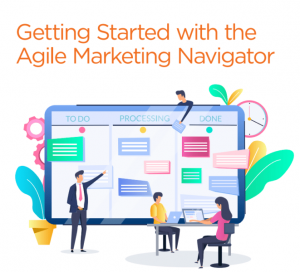One of the most important aspects of any business is understanding what your users want and how they interact with your site. The landing page report is key to draw insights for user behavior.
A landing page is the page a user first sees when they land on your website. It’s a crucial point in your online marketing efforts as the landing page can make or break a user’s experience.
Whether you’re selling a product or service, or just trying to attract new users to your site, you need to have a clear objective. Setting a SMART goal will help you truly understand what you’re trying to accomplish.
If your primary objective is to get users to sign up for something, then your landing page should be focused on getting users to sign up, not on getting them to visit other pages. It’s not enough to have a landing page that looks great, or sounds great, or even feels great. The landing page needs to be focused on driving your business goal.
HOW TO USE THE LANDING PAGE REPORT IN GOOGLE ANALYTICS
You can find the lending page report from the left navigation if you’re using the Universal Analytics version of Google Analytics:
It’s not as easy to find in Google Analytics 4 and you need to add some configuration to a specific report:
When we talk about conversion rates, we often focus on the whole site’s conversion rate. But if you want to see how your landing pages are doing, then you need to look at the conversion rate for individual landing pages.
This means your landing page may not actually be a location where your users convert, but you want to know whether users arriving on a certain page end up converting. Why? Because a single landing page can have a different conversion rate than the rest of your site. One landing page may lead more users to convert than another.
THE IMPORTANCE OF KNOWING HOW YOUR LANDING PAGE IS PERFORMING AND WHY IT MATTERS
The landing page report is a pretty useful report that helps you analyze the experiences of visitors to your site. It tells you which pages of your website are getting the most traffic; it tells you which pages are driving the most conversions; and it gives you insights into how people are navigating your site.
Obviously, the more people who visit your site, the more traffic you get. But how do you know if your users are achieving the goals that you have for them? A landing page report can tell you if you’re getting the right people to your site.
The landing page report can also help you improve the experience for your users. It can help you make sure that people are able to find the information they need, that they aren’t getting lost or confused on your site. And it can also help you make sure that once people do land on your site, they’re able to find what they’re looking for in a matter of seconds.
OPTIMIZING YOUR LANDING PAGES
Depending on the source of traffic to your landing pages, you may have control over where you want to drive traffic. This is rather simple to do for your social media channels or for traffic that comes in from organic search.
Since every business is different, so is each landing page. However, there are common elements, such as the flow of your webpage, the colors of your webpage, and the size and placement of your content, to consider no matter what kind of website you have. You can test these elements with a split testing tool or a content management system that allows you to run split tests.
The landing page report can help you prioritize which pages to optimize. You can learn from it and run tests to convert more users.
This article originally appeared on Growth Learner and has been republished with permission.
Digital & Social Articles on Business 2 Community
(51)
Report Post








